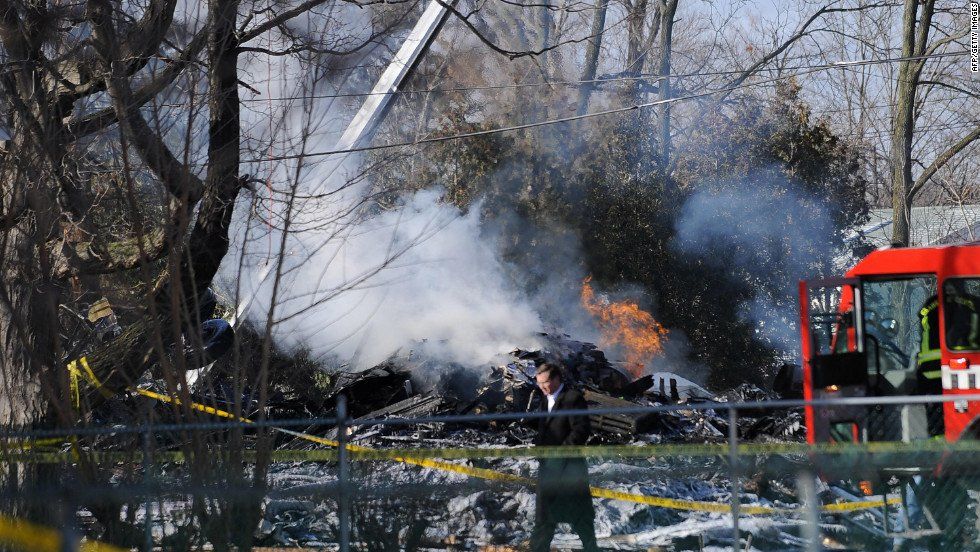
There’s been a lot of talk lately about “fake news” and “alternative facts,” and the aviation world can’t escape the discussion. We were reminded of this recently when Bruce Landsberg, a well-known GA safety advocate for many years, faced some tough questioning during a hearing before Congress, where he was seeking approval for his recommended appointment to the NTSB.
The nomination might have seemed a shoo-in, given Landsberg’s long resume and decades of work on behalf of aviation safety at AOPA and the Air Safety Foundation. But the tough questioning centered on one issue — does Landsberg support the 1,500-hour rule for pilots? The senators on the panel cited several times over the years when Landsberg had questioned the rule’s usefulness.
The rule was passed in the wake of the 2009 Colgan Air crash. “It’s been safer since the 1,500-hour rule was put into effect,” said Sen. Tammy Duckworth, a former military pilot. There have been no fatal airline crashes in the U.S. since the law was passed, Duckworth said.
This is a classic example of confusing correlation with causation. Senator Duckworth has the facts correct. But can the one incident — the passing of the new rule — really explain the outcome — an accident-free stretch?
Landsberg had expressed a more nuanced take on the problem — “Pilots should be hired and trained by solid criteria, not arbitrary numbers,” he wrote in 2010. He noted that the Colgan Air pilots had more than 1,500 hours in their logbooks, yet still were not up to handling the situation they faced on that fatal night.
What matters are skills and judgment. Hours in the cockpit count too, but we all know there are pilots out there who are never going to learn, no matter how many hours they have. Others are ready to do the job on day one.
So is the long accident-free stretch due to the Colgan rule? Or are there a million other factors and variables at work, including dumb luck (see SFO)? Does it make a difference to require 1,500 hours of flight time for a right-seat pilot? Or is the rule just an arbitrary requirement that makes people feel better and more secure while causing major headaches for airlines and new pilots? Those are complicated and useful questions to explore.
But to declare that the matter is settled — proven by the accident record — doesn’t stand up to scrutiny. It ignores a bedrock truth that (hopefully) is taught in high-school science class. Correlation is not causation.


































